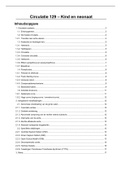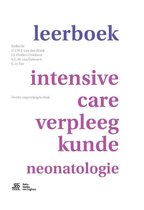Summary
Samenvatting Circulatie Kind en Neonaat 129 - IC Neonatologie
- Course
- Institution
- Book
Deze samenvatting is gemaakt ter voorbereiding voor het 'Circulatie 129 - Kind en Neonaat' tentamen voor de opleiding Intensive Care Neonatologie (ook bruikbaar voor de opleiding High Care Neonatologie en Intensive Care Kinderen) in mei 2021 vanuit de Erasmus MC Academie. De theorie is afkomsti...
[Show more]




